Digital heat transfer printing is an advanced printing technology for digital heat transfer printing spunlace non-woven fabrics, which allows high-quality images and patterns to be transferred directly to a variety of materials, including spunlace non-woven fabrics. The following is a detailed introduction and description of digital heat transfer printing technology:
Technical Overview
Digital heat transfer printing technology is a process that uses heat energy to transfer images from special transfer paper to receiving materials. This technology has higher flexibility and image quality than traditional screen printing or inkjet printing.
Process Flow
Image Design: First, the designer uses professional software to design the image or pattern, ensuring that its resolution and color are suitable for heat transfer.
Printing Transfer Paper: Print the image on the transfer paper using a digital printer and special heat transfer ink. This ink releases from the paper and transfers to the receiving material when heated.
Prepare the receiving material: Before transfer, you need to ensure that the surface of the receiving material (such as spunlace non-woven fabric) is clean and flat to ensure the clarity and adhesion of the image.
Thermal transfer process:
Place the transfer paper with the image side down on the receiving material.
Use a thermal transfer machine or iron, align the image position, and apply appropriate temperature and pressure.
The heat and pressure release the ink from the transfer paper and penetrate into the receiving material.
Cooling and curing: After the transfer is completed, the material needs to be cooled to allow the ink to cure and form a lasting image.
Technical advantages
High resolution: Digital thermal transfer can print very fine images, suitable for applications that require high clarity.
Rich colors: Able to print a variety of colors, bright colors and not easy to fade.
Flexibility: Suitable for a variety of materials, including but not limited to textiles, plastics, metals and ceramics.
Personalization: Suitable for small batch production and personalized customization to meet the needs of different customers.
Environmental protection: Compared with traditional printing, digital thermal transfer uses less ink and chemical solvents, which is more environmentally friendly.
Application areas
Digital thermal transfer printing technology is widely used in the following fields:
Apparel industry: personalized printing of textiles such as T-shirts, hats, scarves, etc.
Home decoration: pattern customization of household items such as curtains, sheets, tablecloths, etc.
Advertising industry: high-quality image printing for banners, posters, billboards, etc.
Industrial products: decorative printing for electronic product housings, car interiors, etc.
Personalized gifts: customization of small gifts such as mugs, mobile phone cases, key chains, etc.
Notes
Material selection: Different receiving materials may require different transfer conditions, such as temperature and pressure.
Image design: The stretching and deformation of the image during the transfer process should be considered when designing.
Transfer quality: Ensure the quality of the transfer paper and receiving material to avoid image blur or color distortion.
Post-processing: Some materials may require special post-processing, such as washing or ironing, to ensure the durability of the image.
Digital thermal transfer printing technology is an efficient, flexible and environmentally friendly printing solution, especially suitable for products that require high-quality images and personalized customization. With the development of technology and the expansion of application areas, this technology is expected to play a greater role in the future.
Professional digital printed non woven fabric manufacturers since 2013.


 English
English عربي
عربي Español
Español


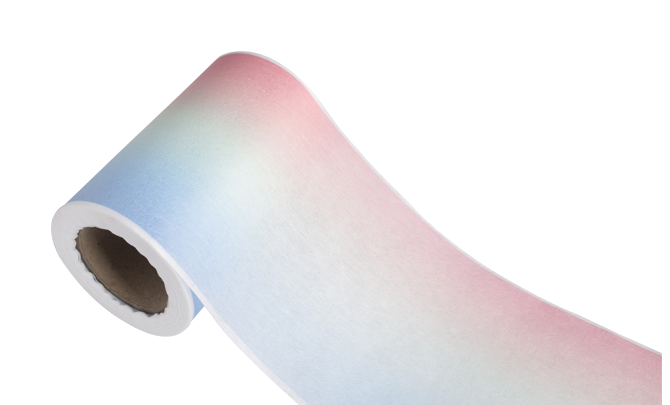
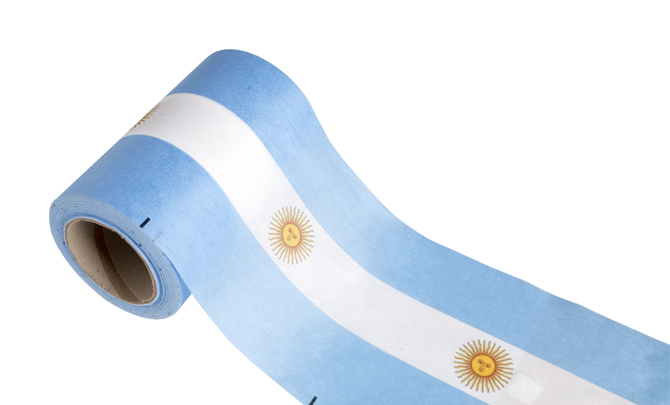
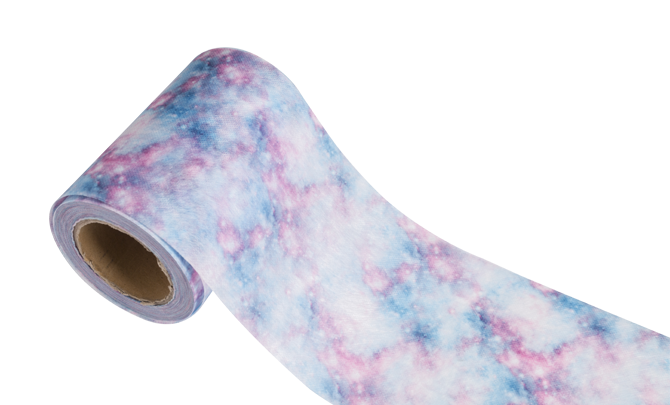
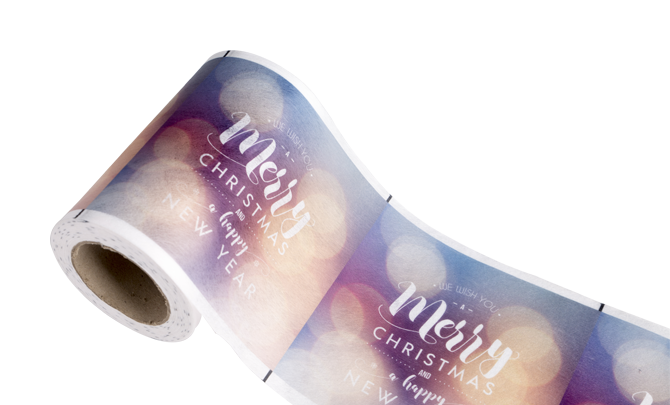
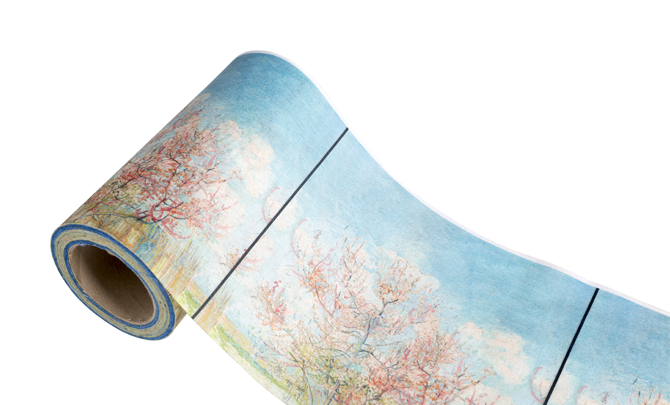

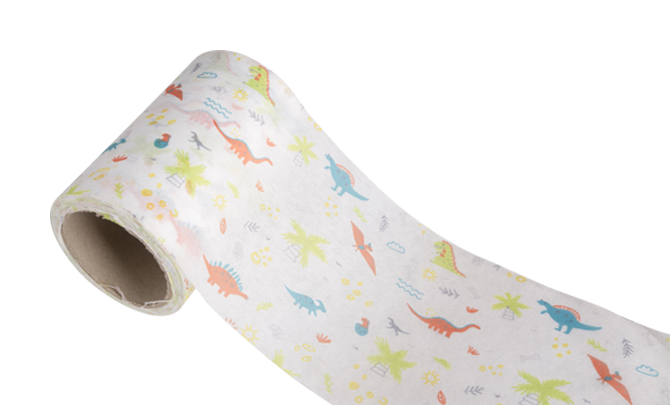
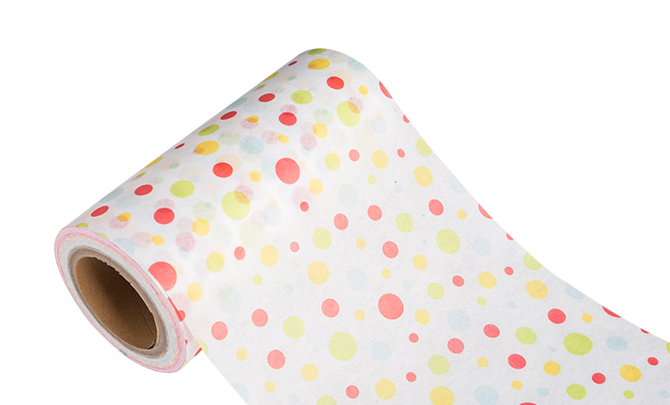

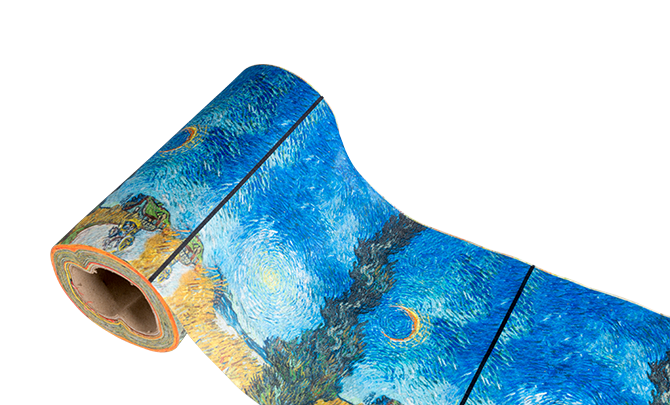






 Tel:
Tel:  E-mail:
E-mail:  Add:
Add: 
